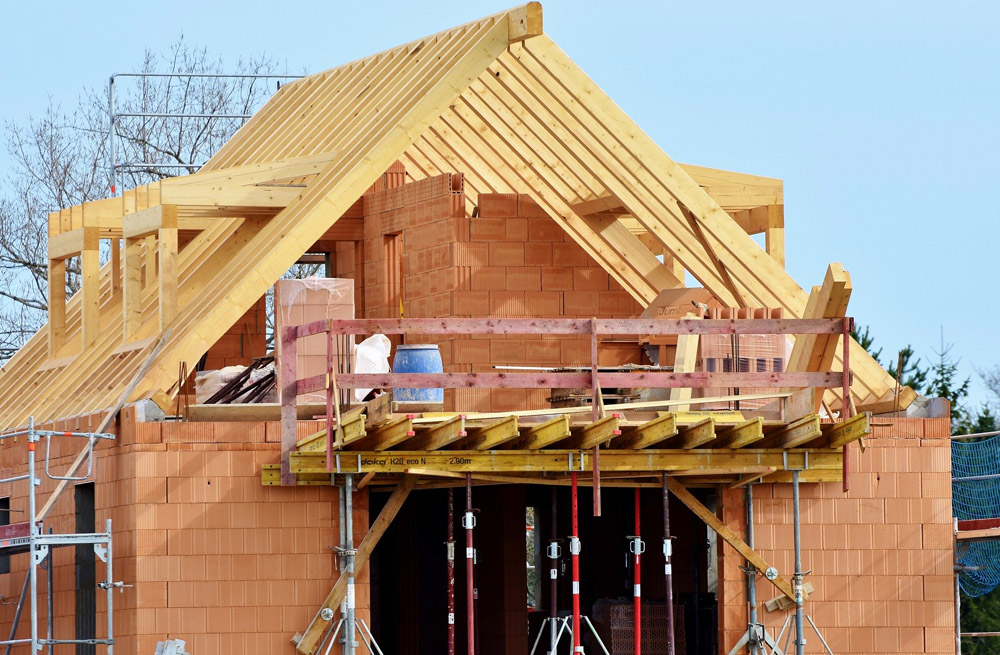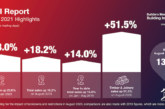With the coronavirus lockdown gripping the nation, many housebuilders are implementing a full shutdown of their developments.
In this article, Christian Matenaers, from security and maintenance suppliers Zoro, takes a look at the best ways to secure a vacant site in the long term.
Over the past couple of weeks, we’ve seen a full-scale shutdown of many of the UK’s industries, with only those deemed “essential” by the Government being allowed to continue as normal. However, for the property sector, the advice was less clear.
While the construction industry didn’t experience an enforced shut down, owing to the essential role of many projects, housebuilders were left in a quandary where their developments were definitely non-essential, but they were still permitted to operate as usual according to Government guidance. This has resulted in some firms choosing to undertake a voluntary shut down to protect workers.
In the trying times ahead, I expect to see a spike in the number of commercial break-ins and theft, as opportunistic thieves take advantage of the situation. So, if you’re one of the many developers who are closing down for the foreseeable future, it’s important that you spend some time reviewing your site security. To help you out, I’ve put together a few key long-term measures you may wish to take.
Protecting the site perimeter
Shutting down your sites will place more emphasis than ever before on the quality of your perimeter protection measures, and particularly the fencing and barriers you have installed. Not only should your boundary be tough enough to be a major obstacle to trespassers, but it also needs to be intimidating in order to act as a deterrent for any opportunistic thieves.
Any fencing you have in place should be at least 2.4 metres tall to have any security value (RISC Authority), as this will ensure it provides a visual barrier as well as being imposing to climb. You can also consider adding anti-climb enhancements, such as barbed wire, to increase the height to a recommended 2.9 metres. Consider installing palisade or welded mesh fencing, both of which are more effective at keeping intruders out than basic chain-link fencing.
Additional measures you can take to secure your site’s perimeter include adding barriers around high risk areas within the site, which will act as extra obstacles for trespassers, and placing kerbs and bollards at points where there might be unauthorised vehicular access.
Strongly deterring break ins
Alongside an imposing perimeter, you should make use of deterrents to put off any opportunistic intruders. Highly visible CCTV and alarm systems are some of the most effective measures you can take. They will also aid you in any response to a break in, whether that is alerting you as soon as possible or providing evidence for prosecution. You can enhance the visibility of these measures by placing warning signage around your perimeter.
Security lighting can also play a major role in putting off criminals. Simply put, if your site is well lit at night, a trespasser will likely feel more at risk of being spotted than if they can operate in darkness. Be sure to install sufficient coverage around any access points and take care that any lights are not easily accessible, so they can’t be disabled.
Securing equipment left onsite
While the best solution would be to transport all key equipment and materials offsite to a secure location, this may not be possible for all items, especially bulky machinery and supplies. If you need to store these things on site, you should ensure you have a safe location to keep them.
Aim to put as many barriers as you can in the way of thieves. For instance, you could opt for a fenced compound area or sturdy security cages, then keep tools locked away again in containers inside. You may also wish to consider CCTV and alarms dedicated to your storage areas.
Continuing manned security of large sites
As things stand, most security firms are still operating in the UK, carrying out essential protection in places that require it. Therefore, it might be worth continuing or intensifying security on your at-risk site, especially if it is quite a large area. This may depend on your circumstances and what is stored on site, however, so be sure to account for this, too.
With the lockdown continuing, now is the time to secure your site if you are ceasing operations. Consider these points and you will be in a better position to protect your development project.










